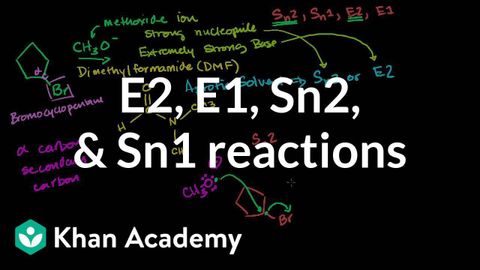
字幕與單字
影片單字
draw
US /drɔ/
・
UK /drɔ:/
- v.t.吸引注意;吸引人;拉;拖;汲取;引出
- n. (c./u.)引人之處;抽籤;平局
- v.i.靠近;接近;以平局收場
- v.t./i.畫圖
A1 初級多益初級英檢
更多 charge
US /tʃɑrdʒ/
・
UK /tʃɑ:dʒ/
- v.t./i.衝鋒攻擊;收費;為...充電;使承擔責任;委以責任;控告,指控
- n. (c./u.)襲擊;進攻;把...記入帳冊;電量;費;責任;指示;熱情;指控
A2 初級初級英檢
更多 bond
US /bɑnd/
・
UK /bɒnd/
- n. (c./u.)鐐;銬;(感情的)聯結;聯繫;債券;契約;黏合處;聯繫;關係;化學鍵;保證金;保稅倉庫
- v.t./i.結合;團結在一起;聯結;聯繫
A2 初級多益中級英檢
更多 使用能量
解鎖所有單字
解鎖發音、解釋及篩選功能
